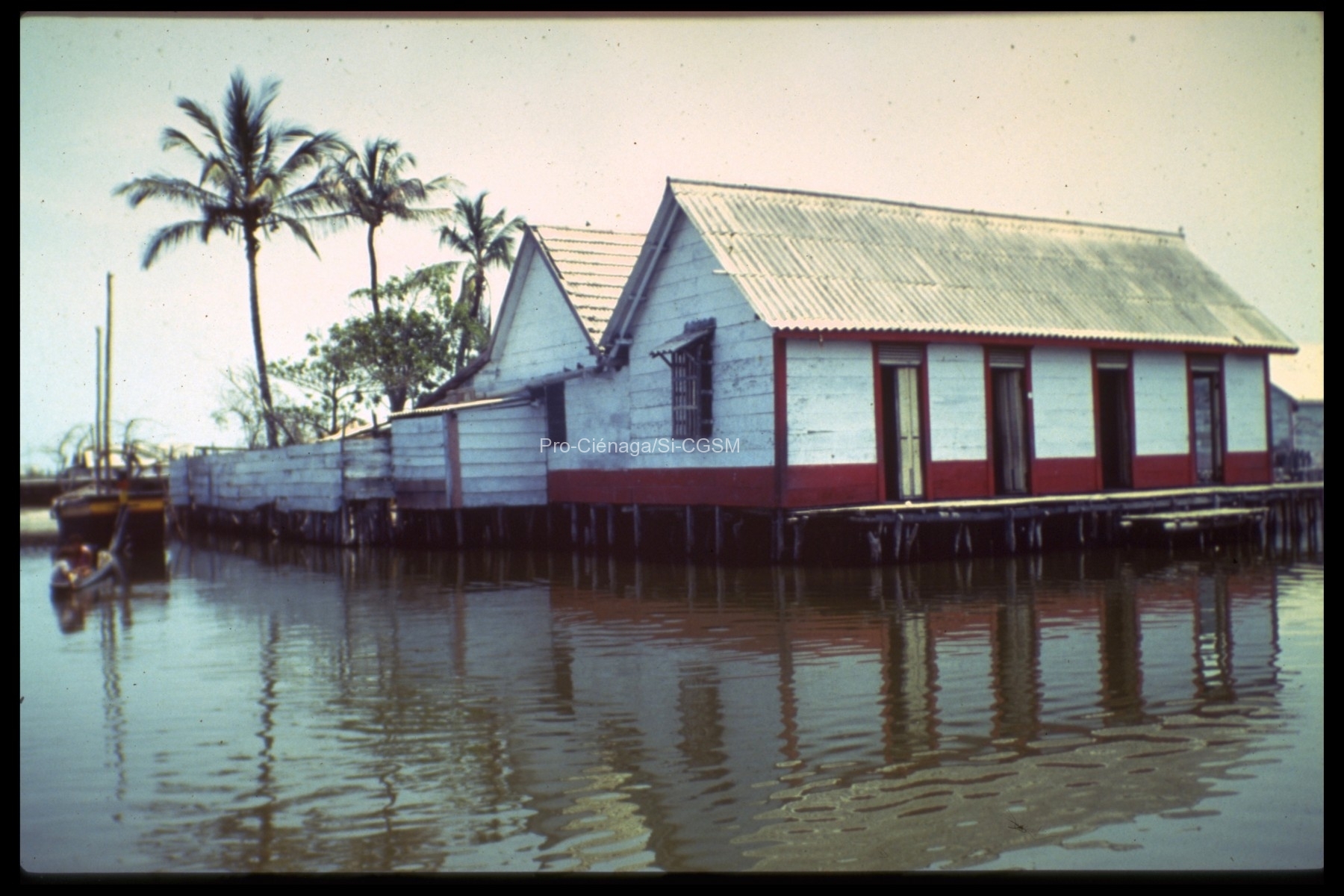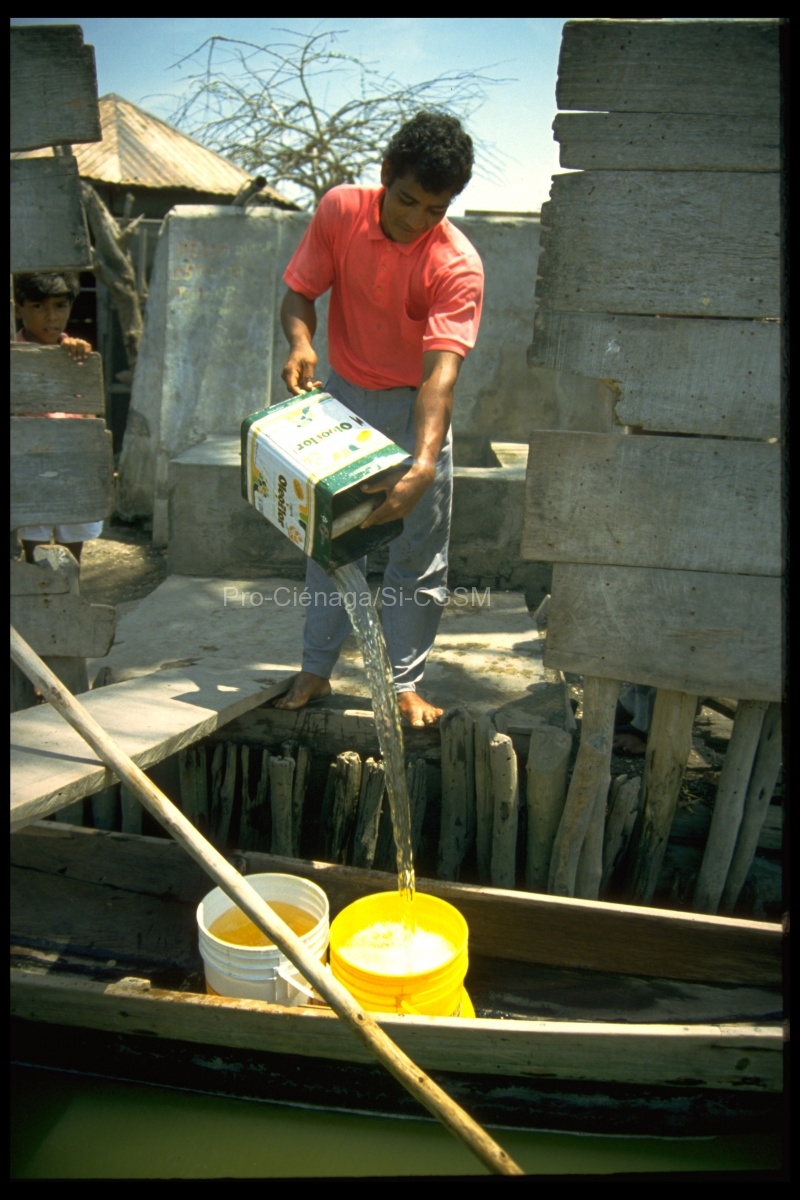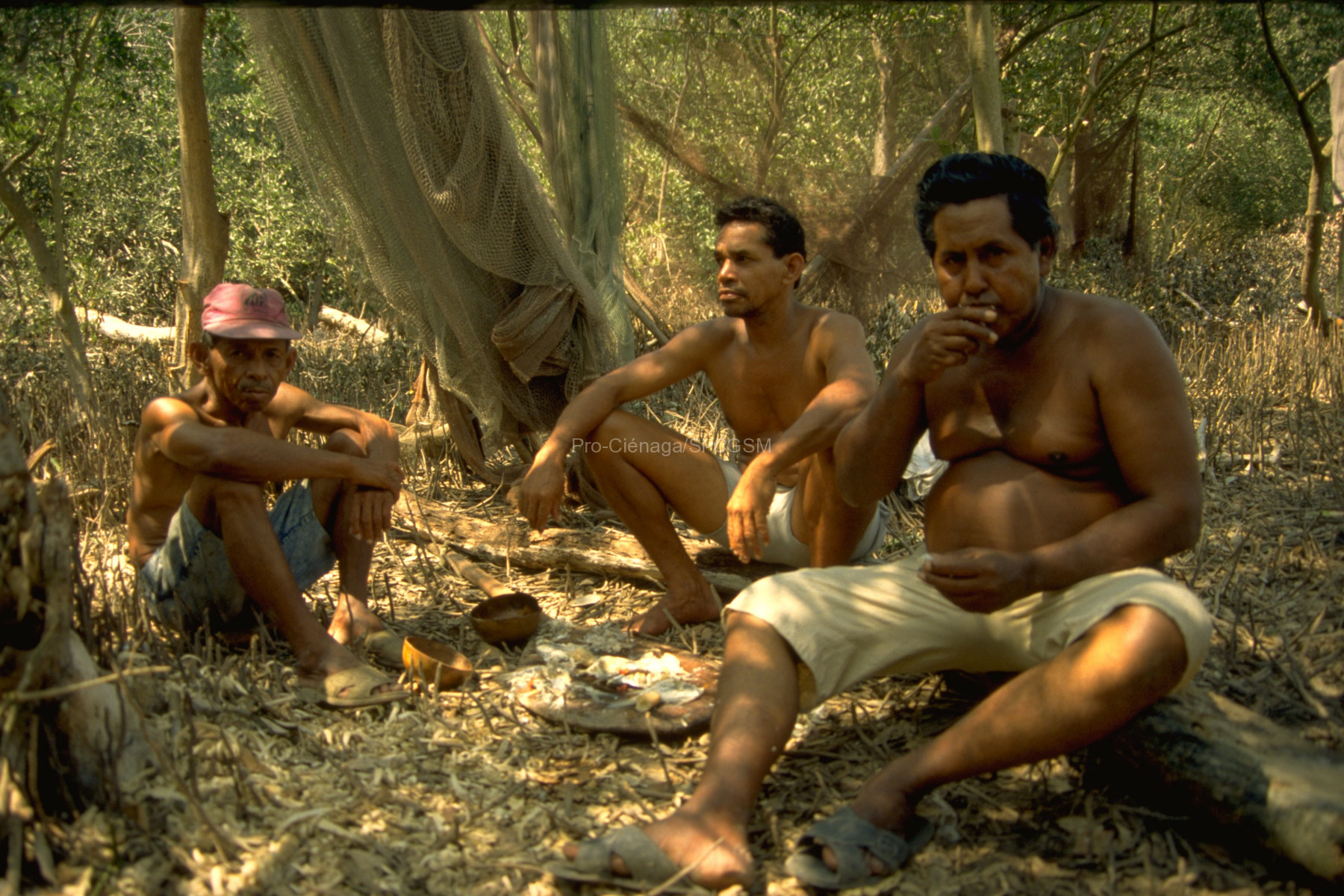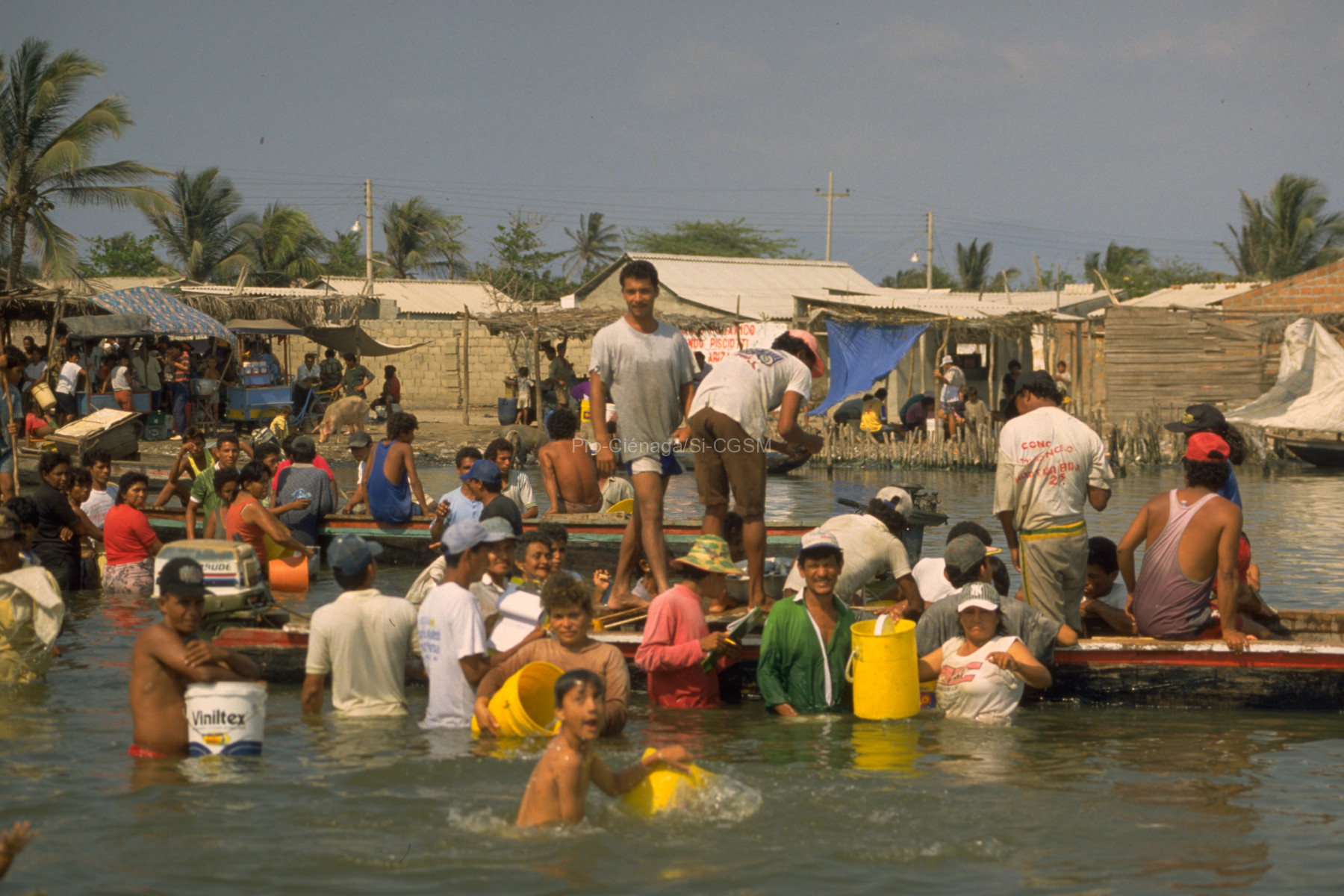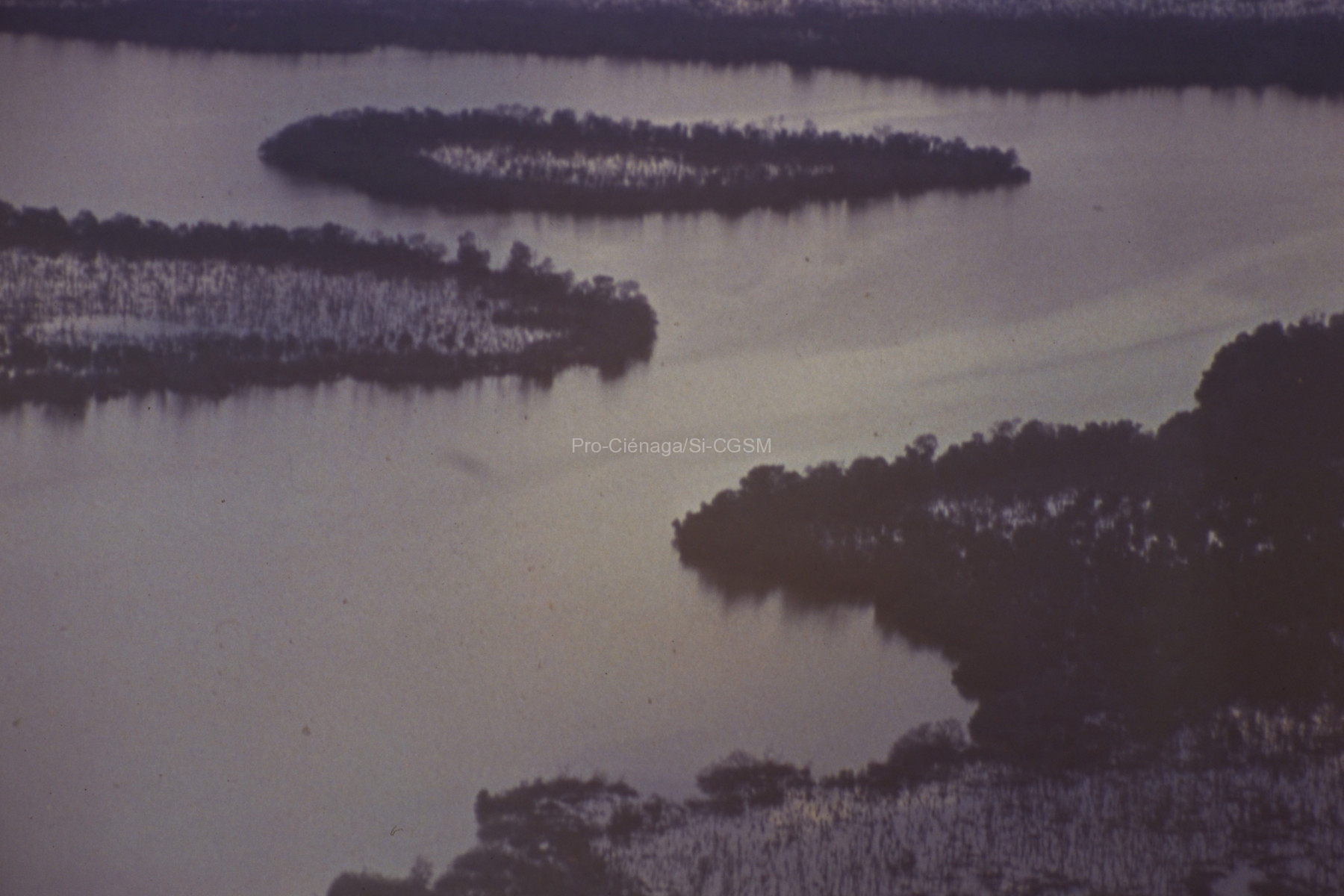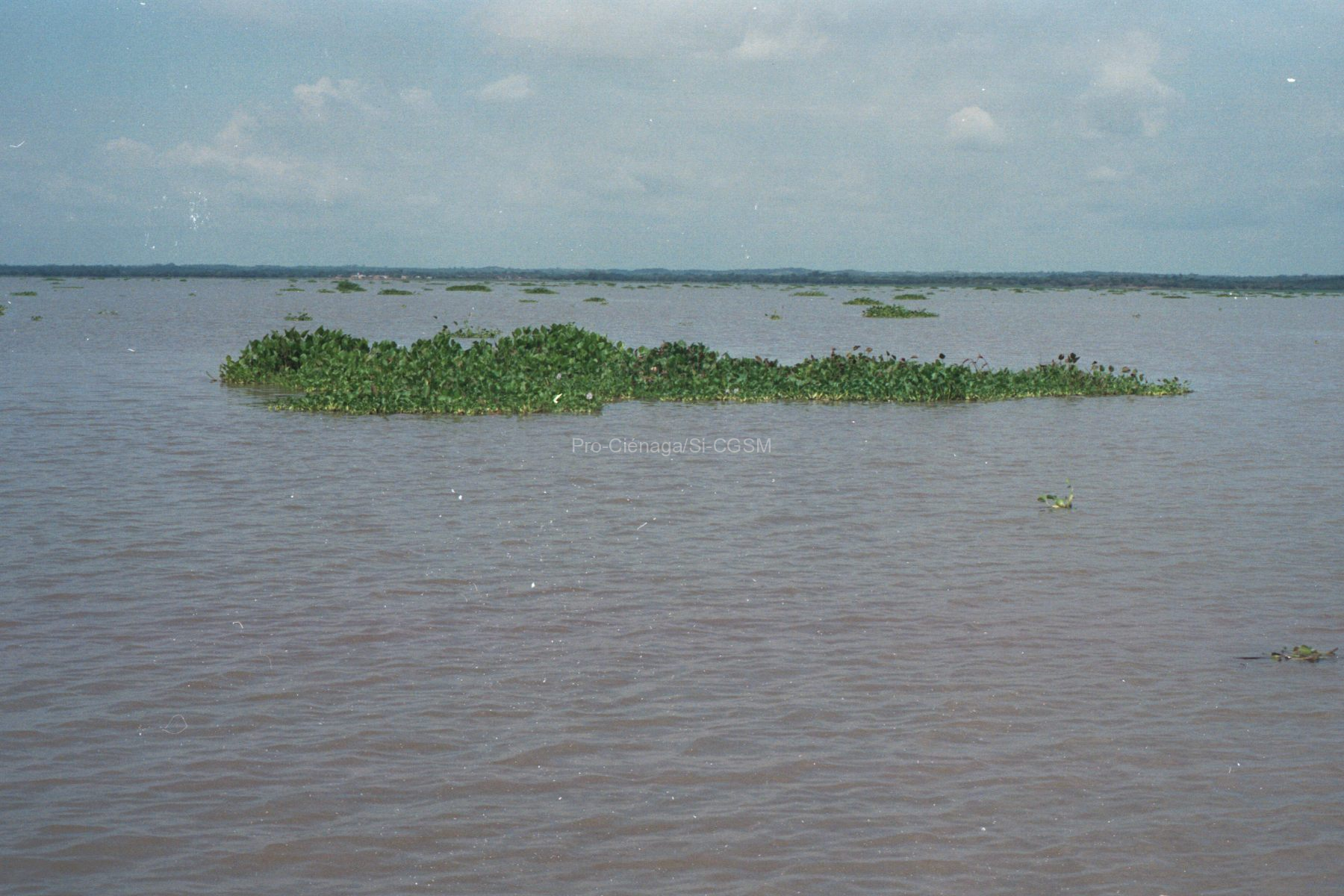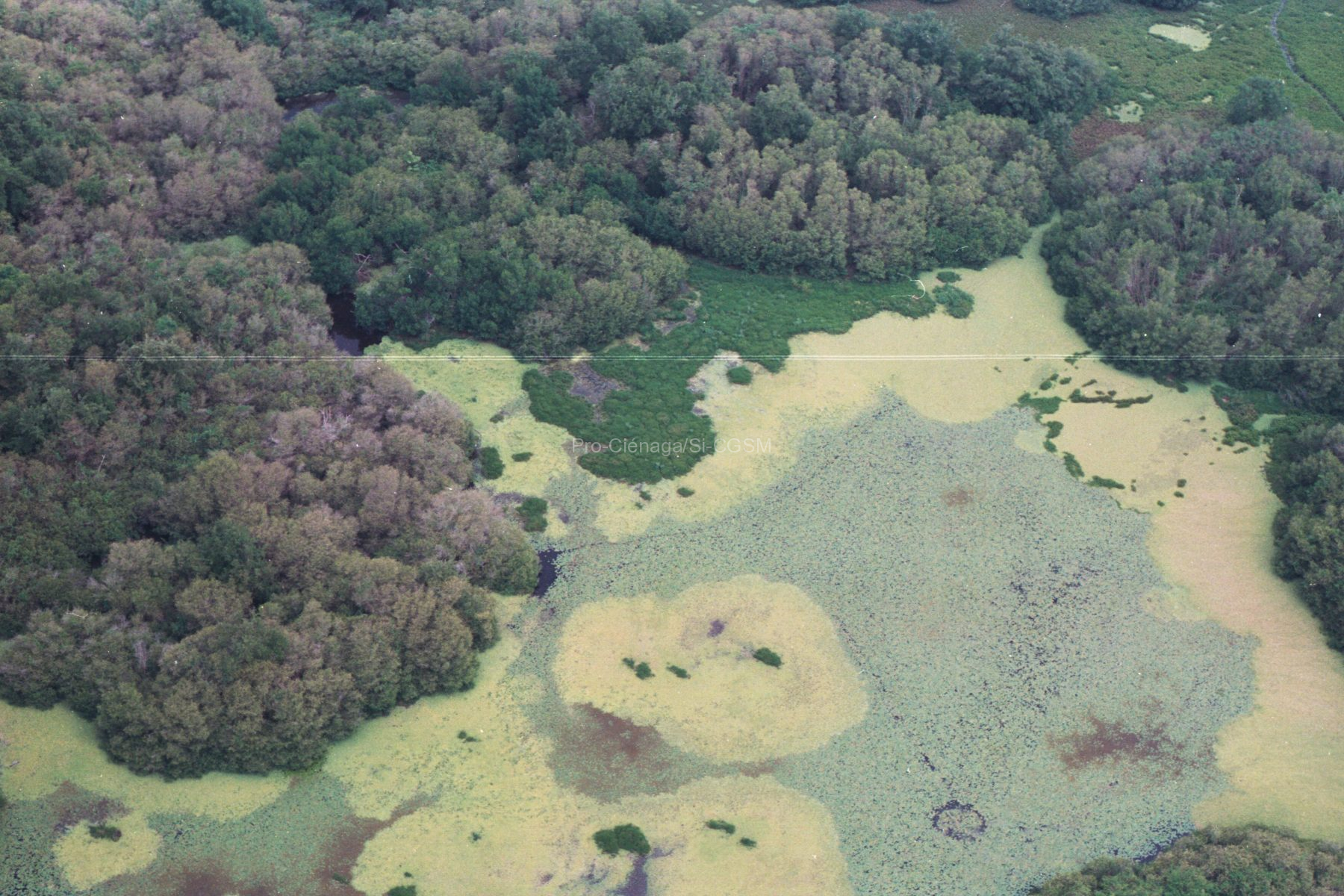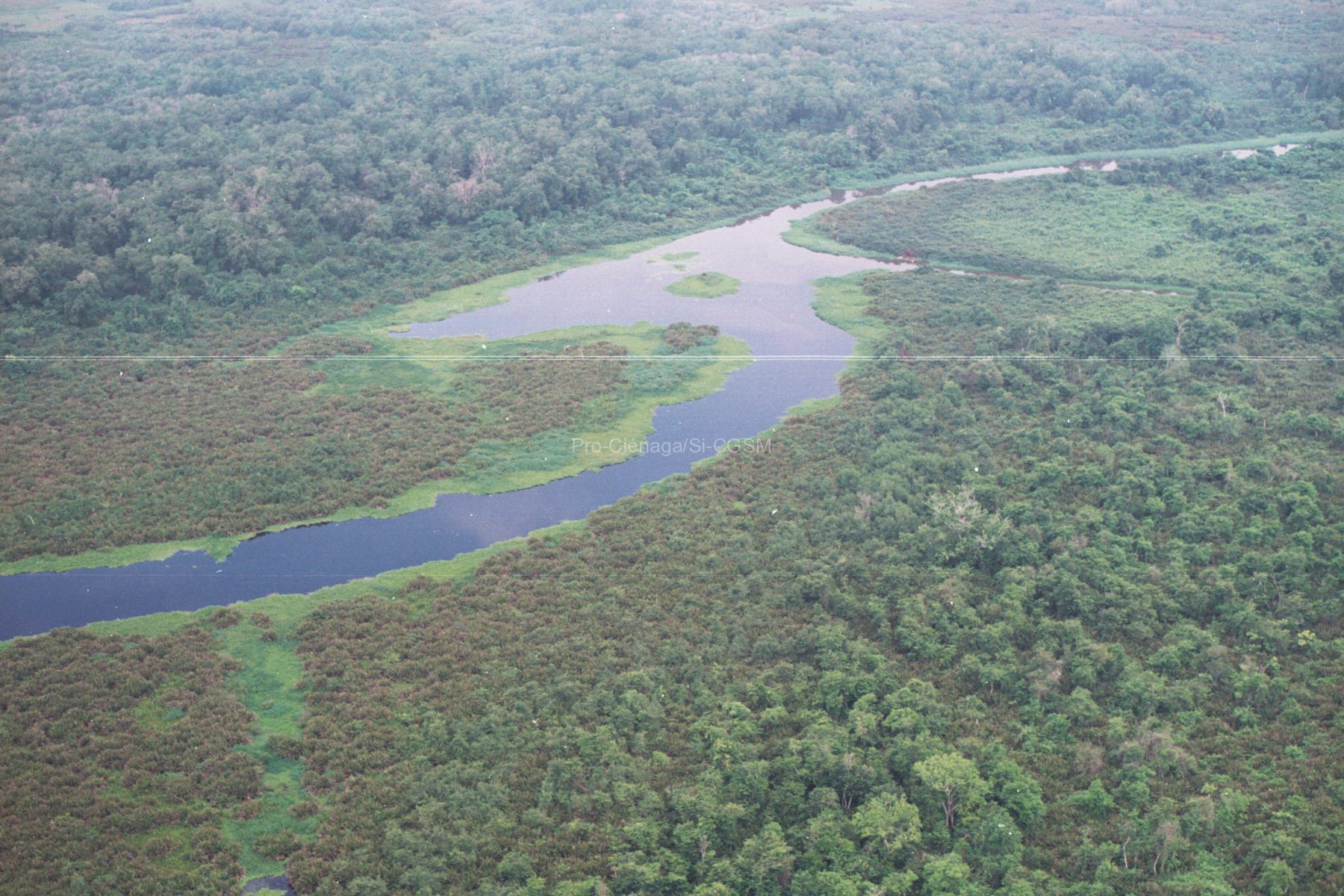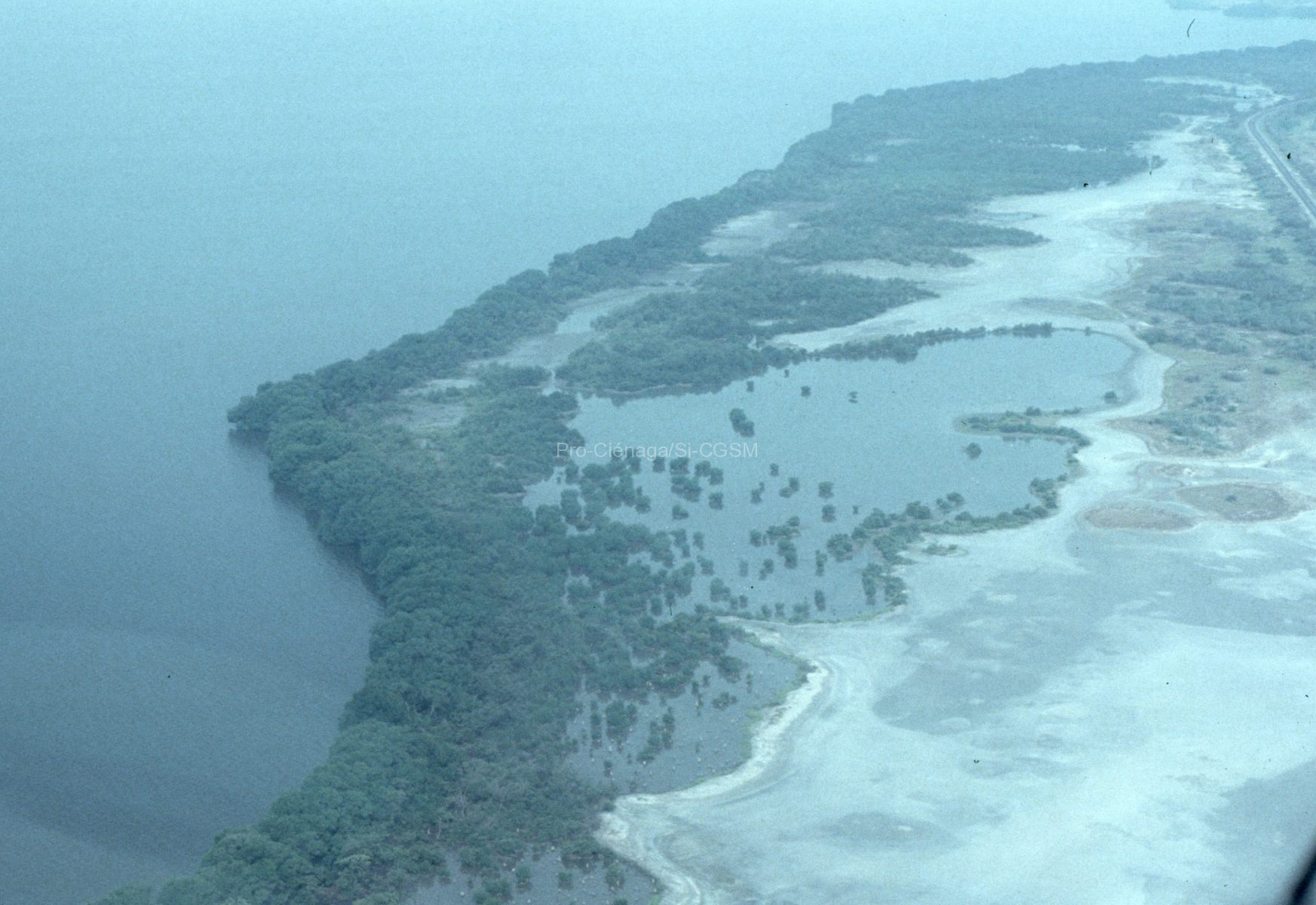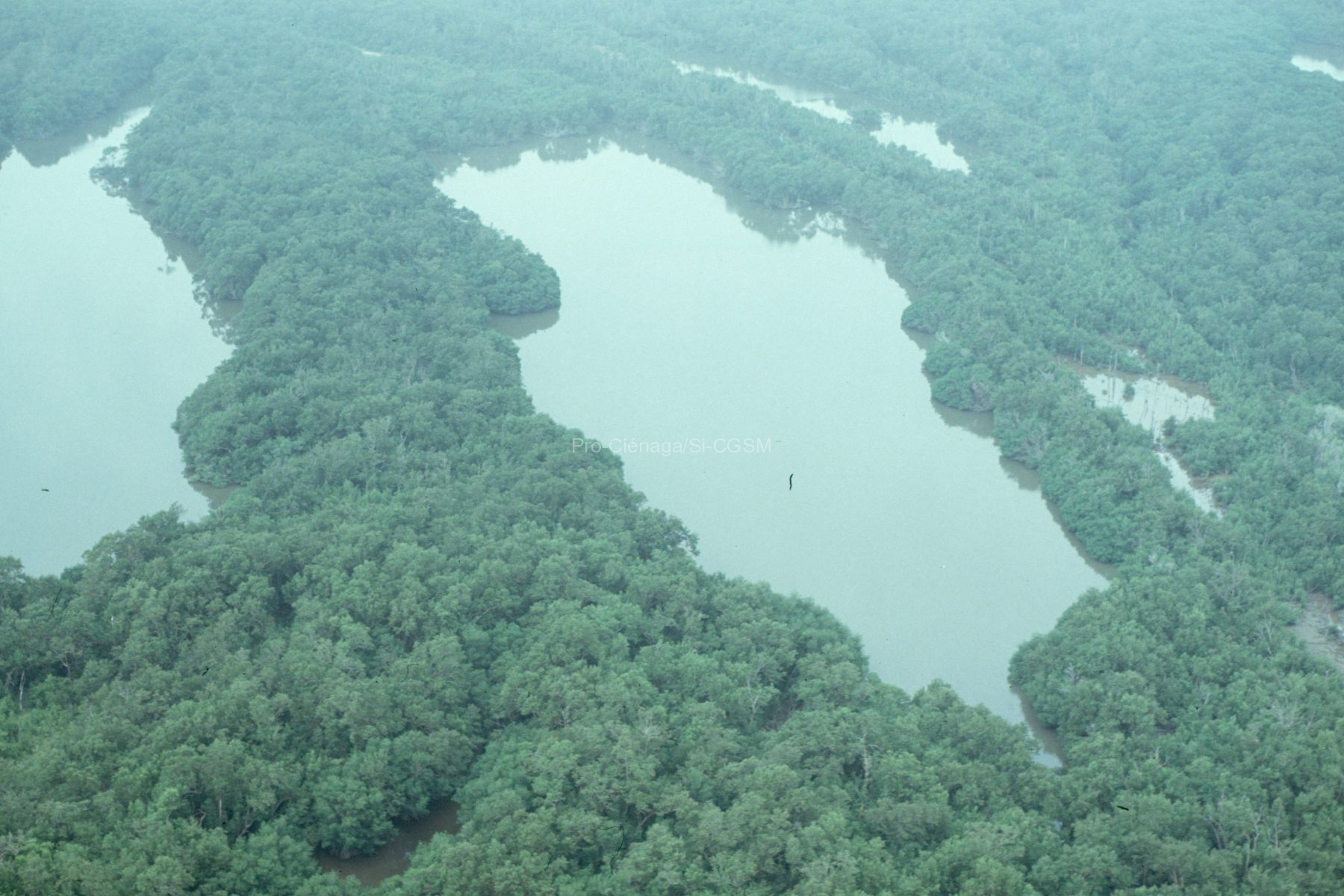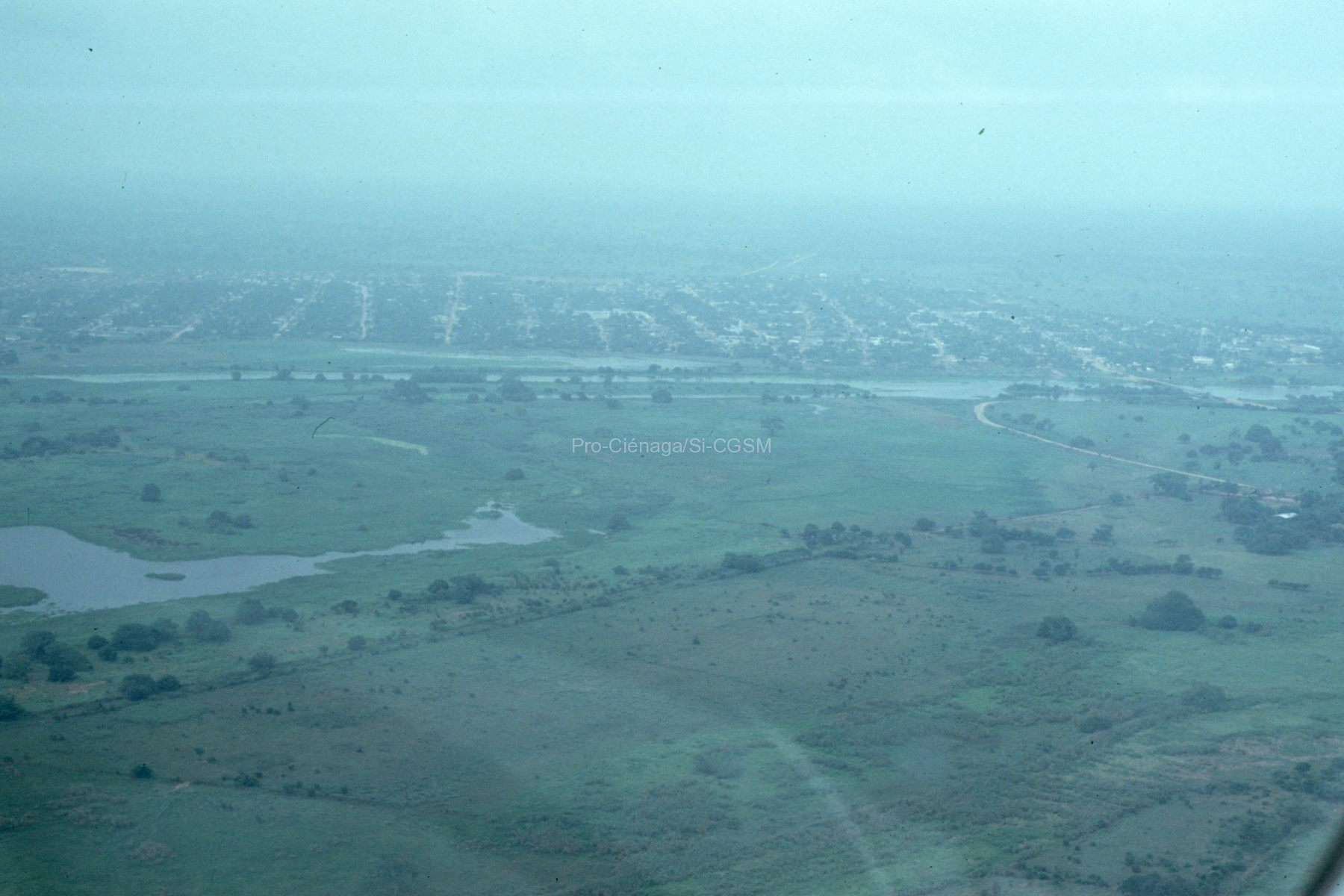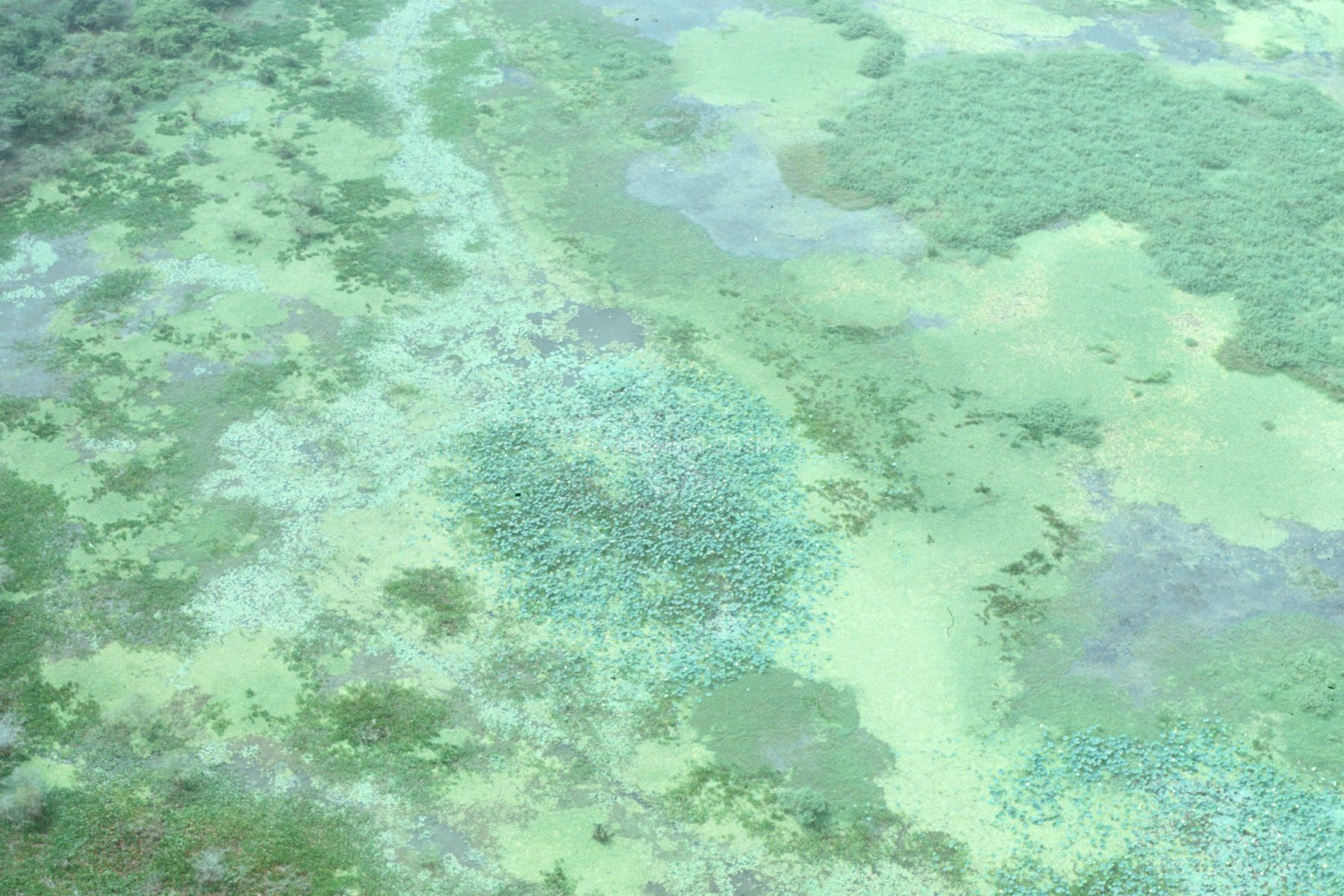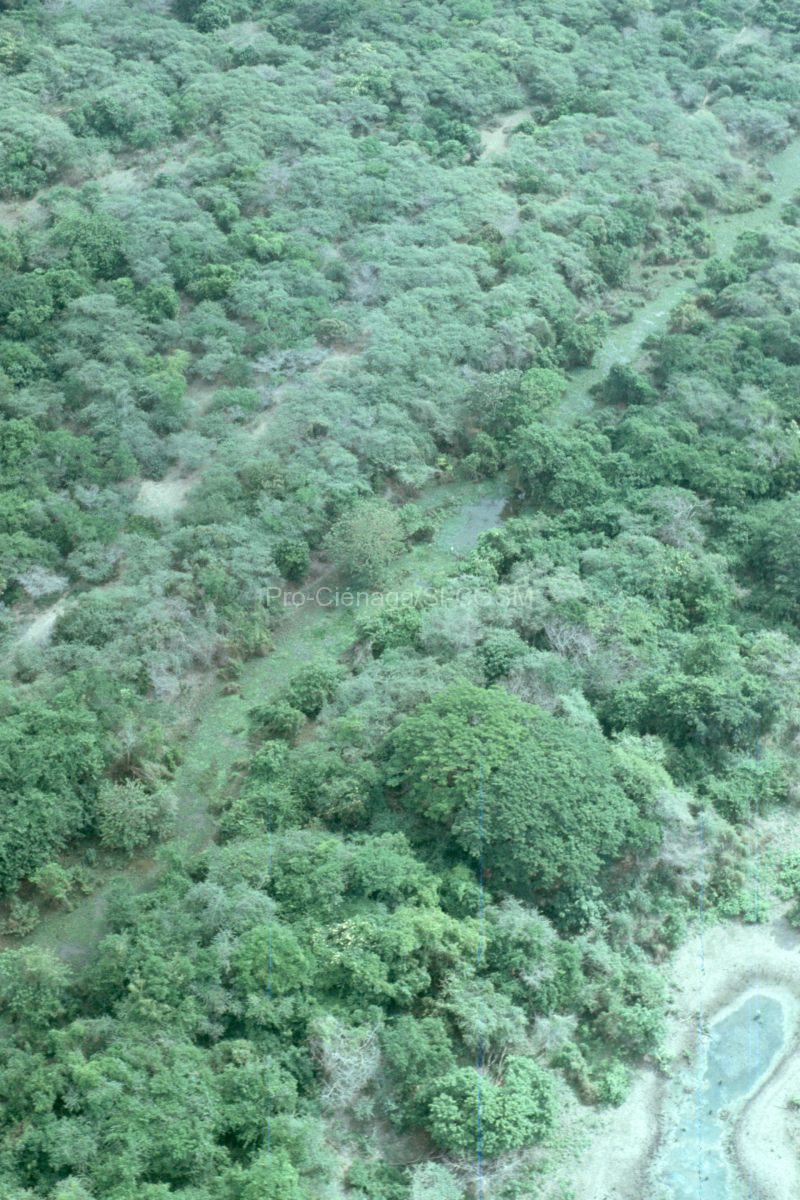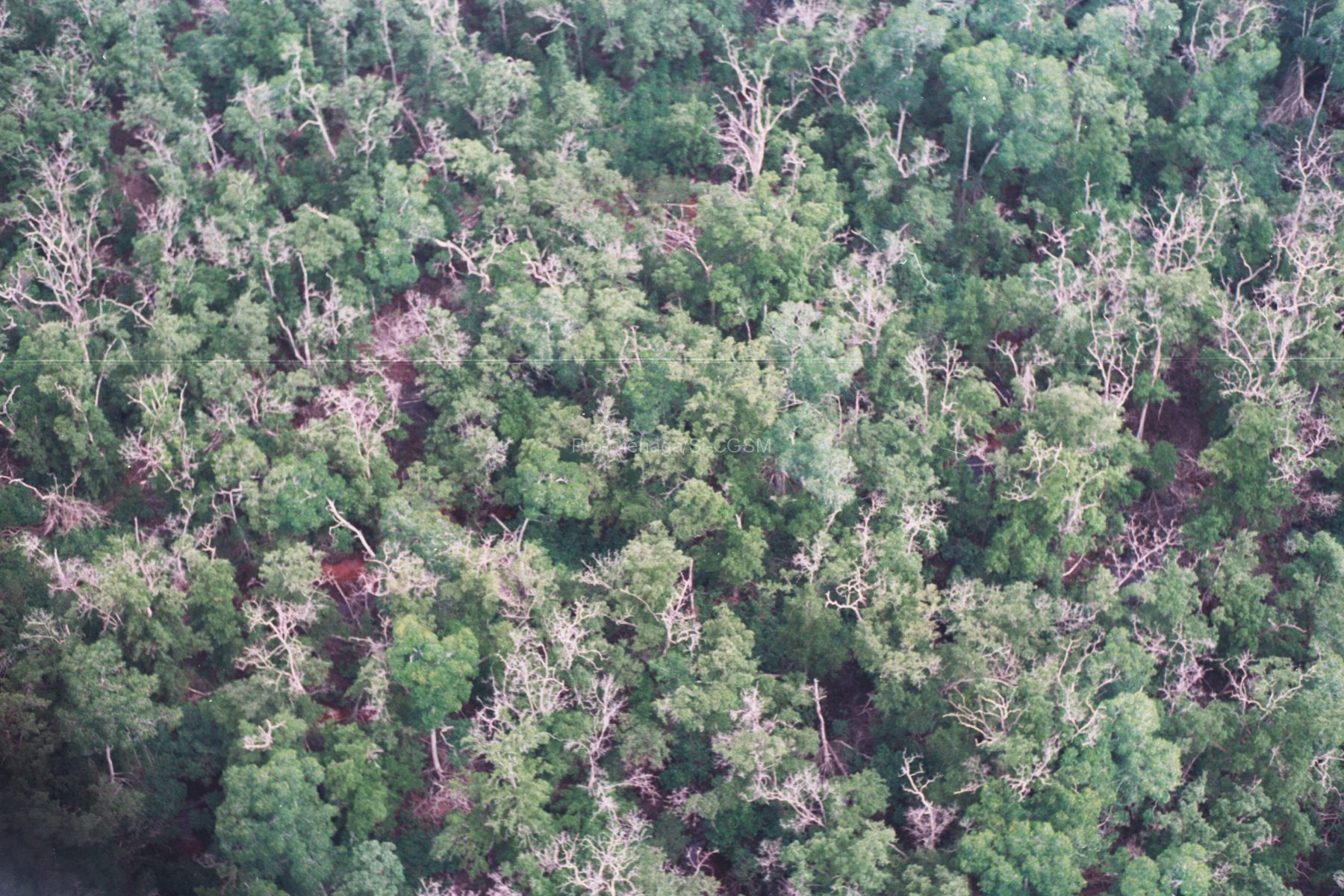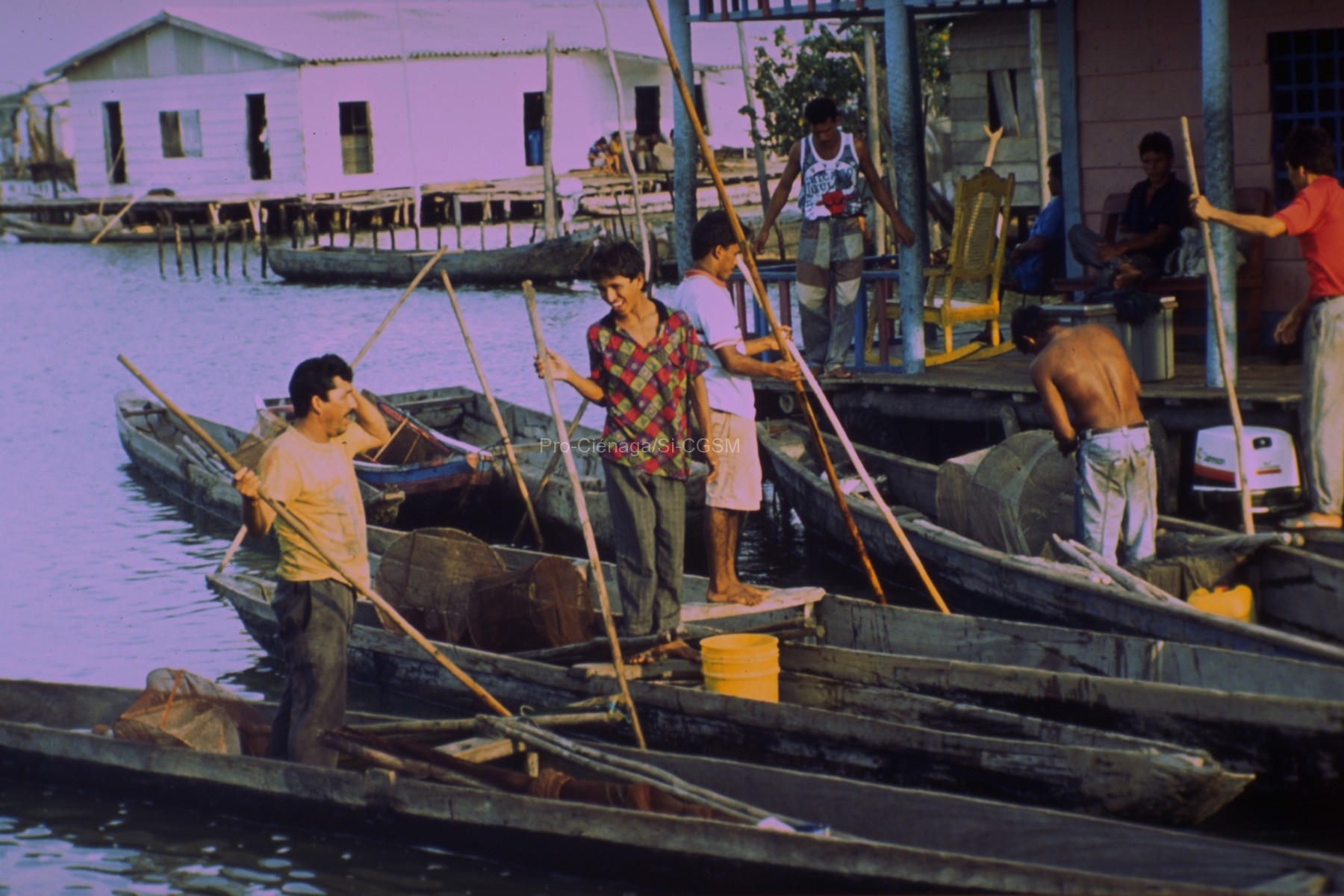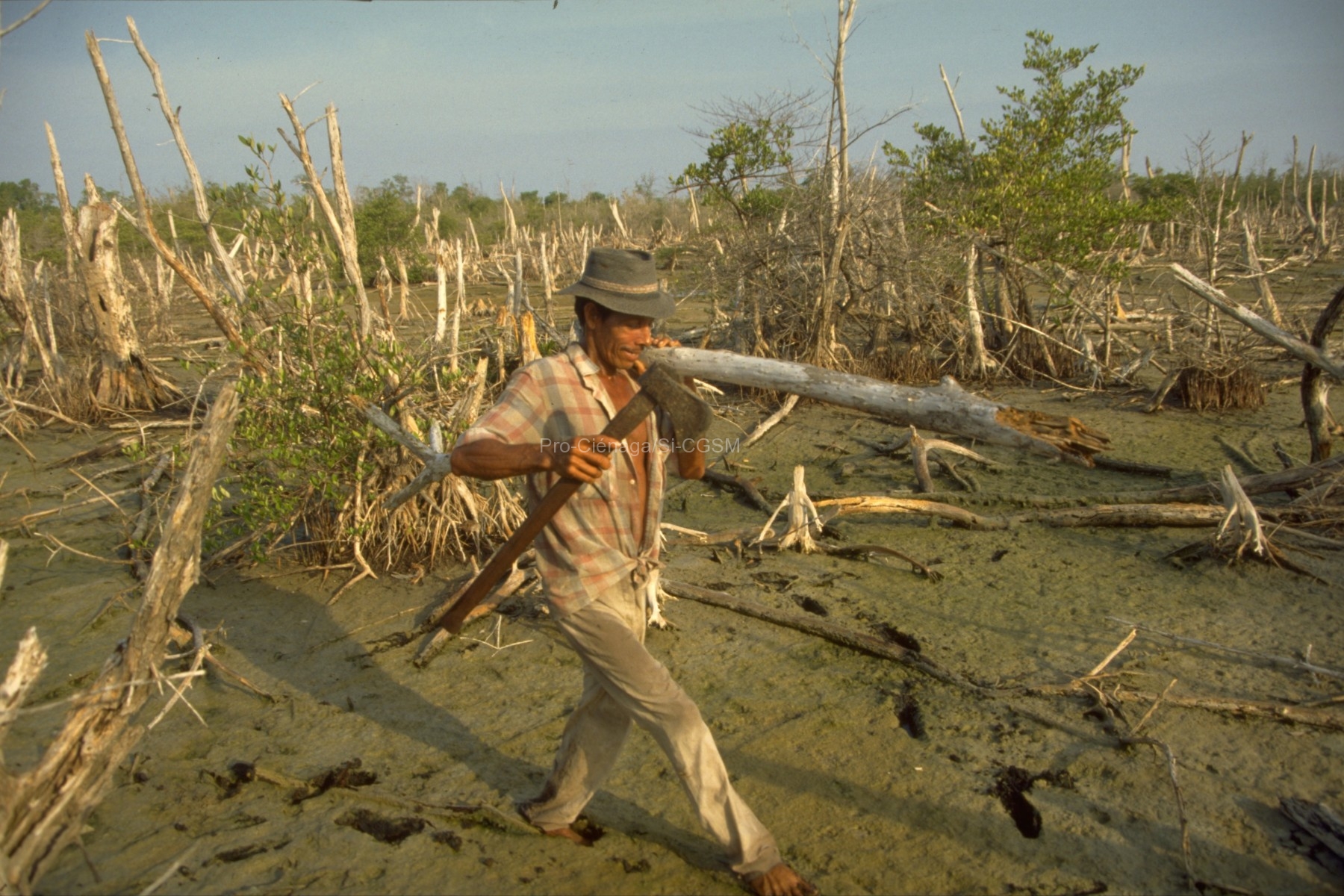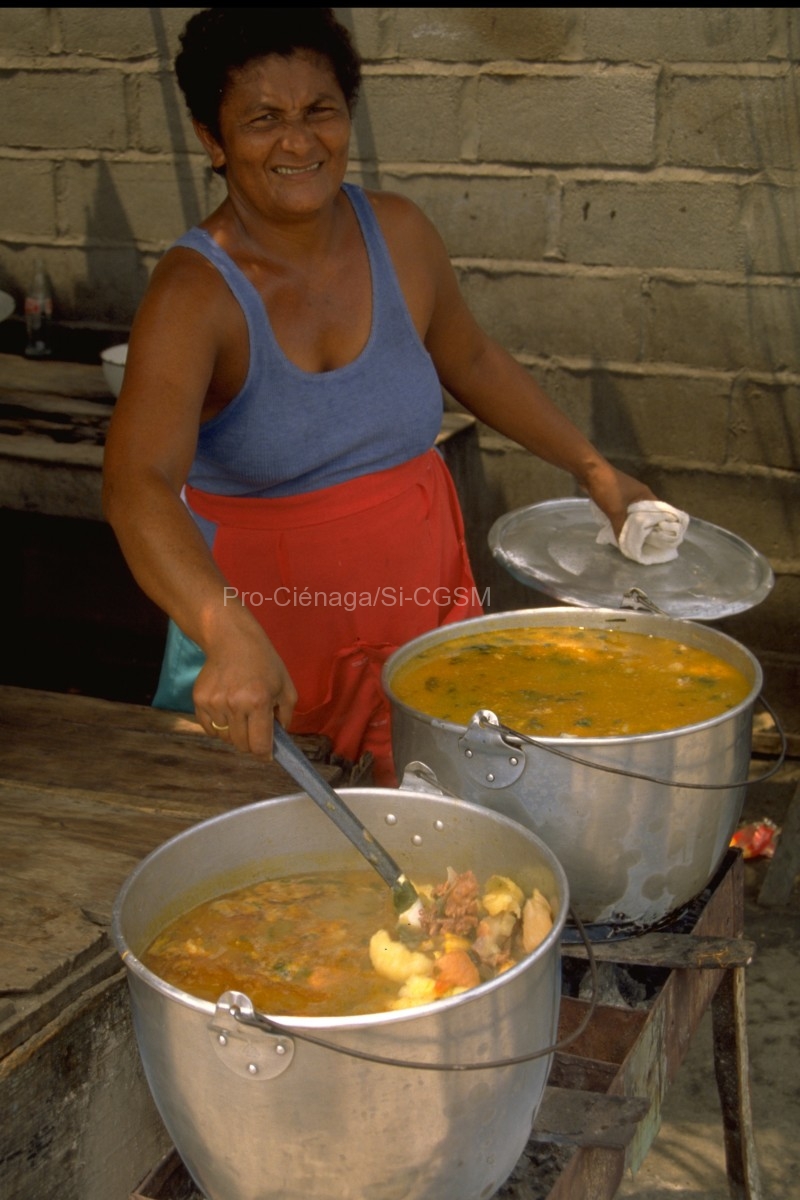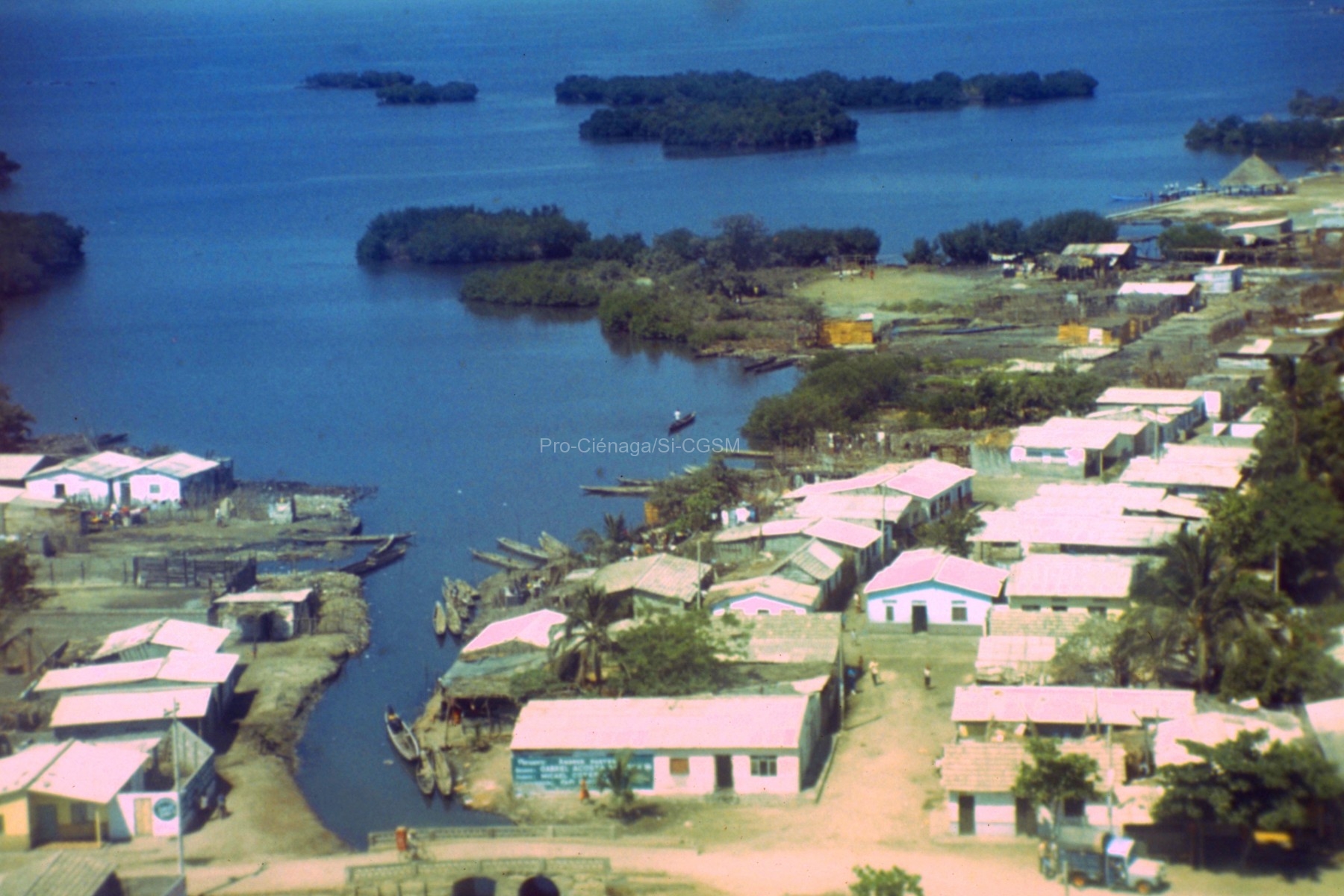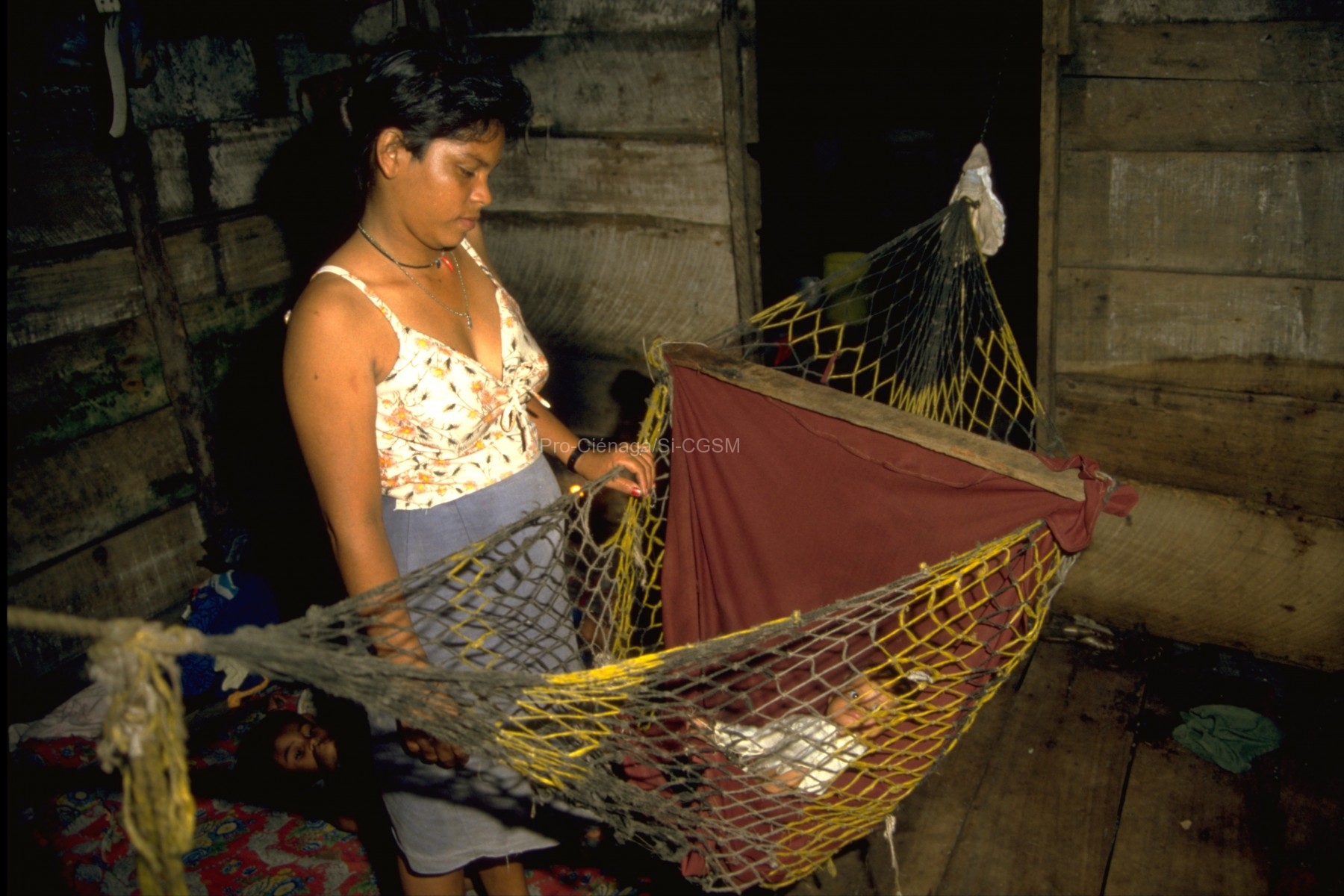https://www.int-res.com/articles/meps/222/m222p217.pdf
The density and spatial distribution of 3 commercial fish species and coincident abiotic factors were analyzed seasonally in the Cienaga Grande de Santa Marta between 1993 and 1994.
Geostatistical techniques were used to model and estimate spatial structure (variographic analysis) and to predict local fish density and salinity (ordinary kriging). Salinity showed a persistent spatial
and temporal gradient determined by climatic seasons. Eugerres plumieri, Cathorops spixii and Mugil incilis showed different spatial correlations that determined different patch distribution patterns among seasons. The highest densities of E. plumieri and M. incilis and a secondary peak of C. spixii occurred during the rainy season, near the lagoon-sea connection. Statistically significant multiple
regression models could account for 13, 2 and 30% of the variance of E. plumieri, C. spixii and M. incilis densities respectively, using a combination of salinity, depth and substrate type; temperature was consistently rejected as predictor. E. plumieri, C. spixii and M. incilis preferred fine sands, shells, and mud respectively, and euryhaline behavior was observed for all species.
Relacionado a Rueda, M., & Defeo, O. (2003) y Rueda, M., & Defeo, O. (2001).

